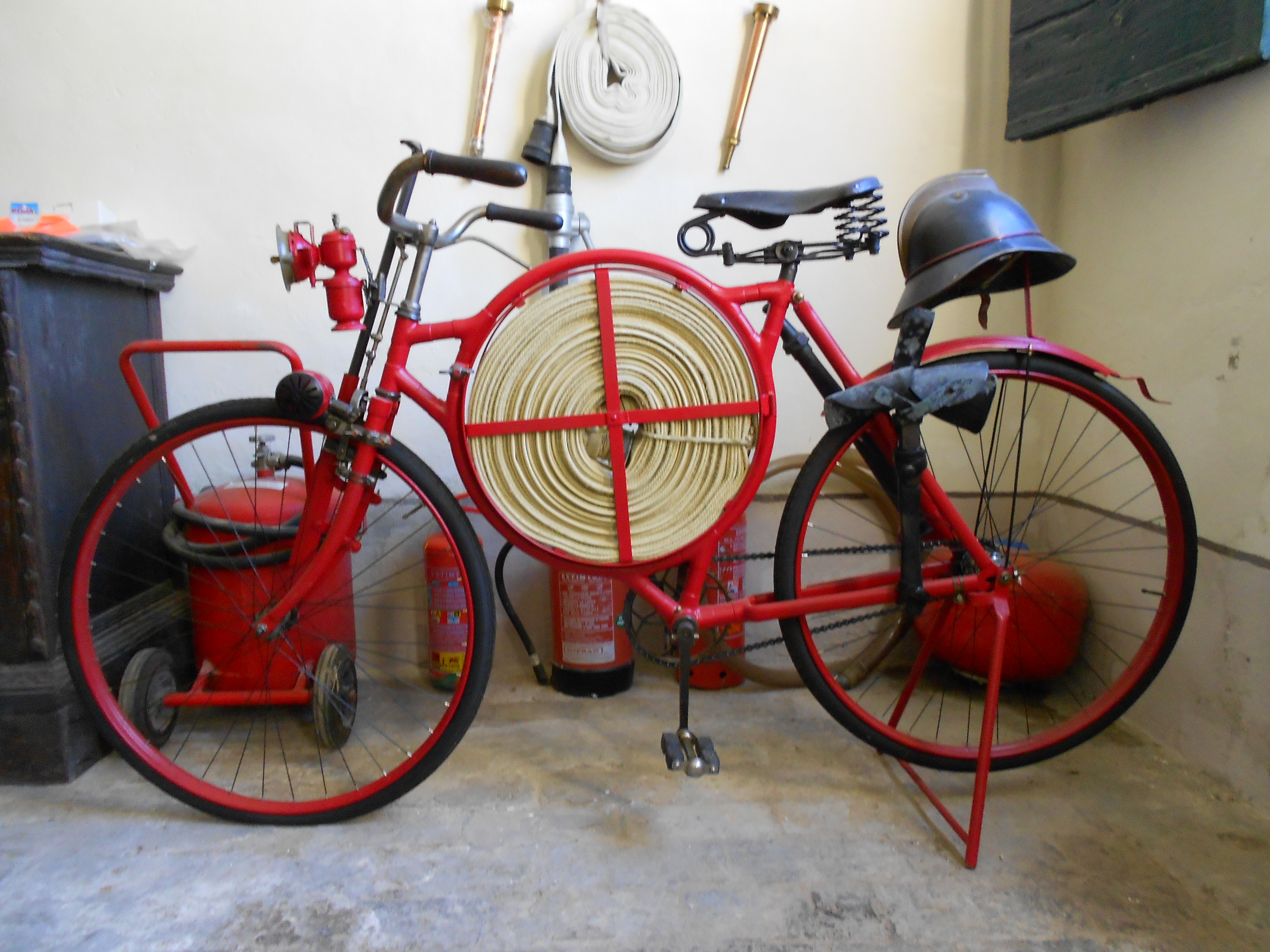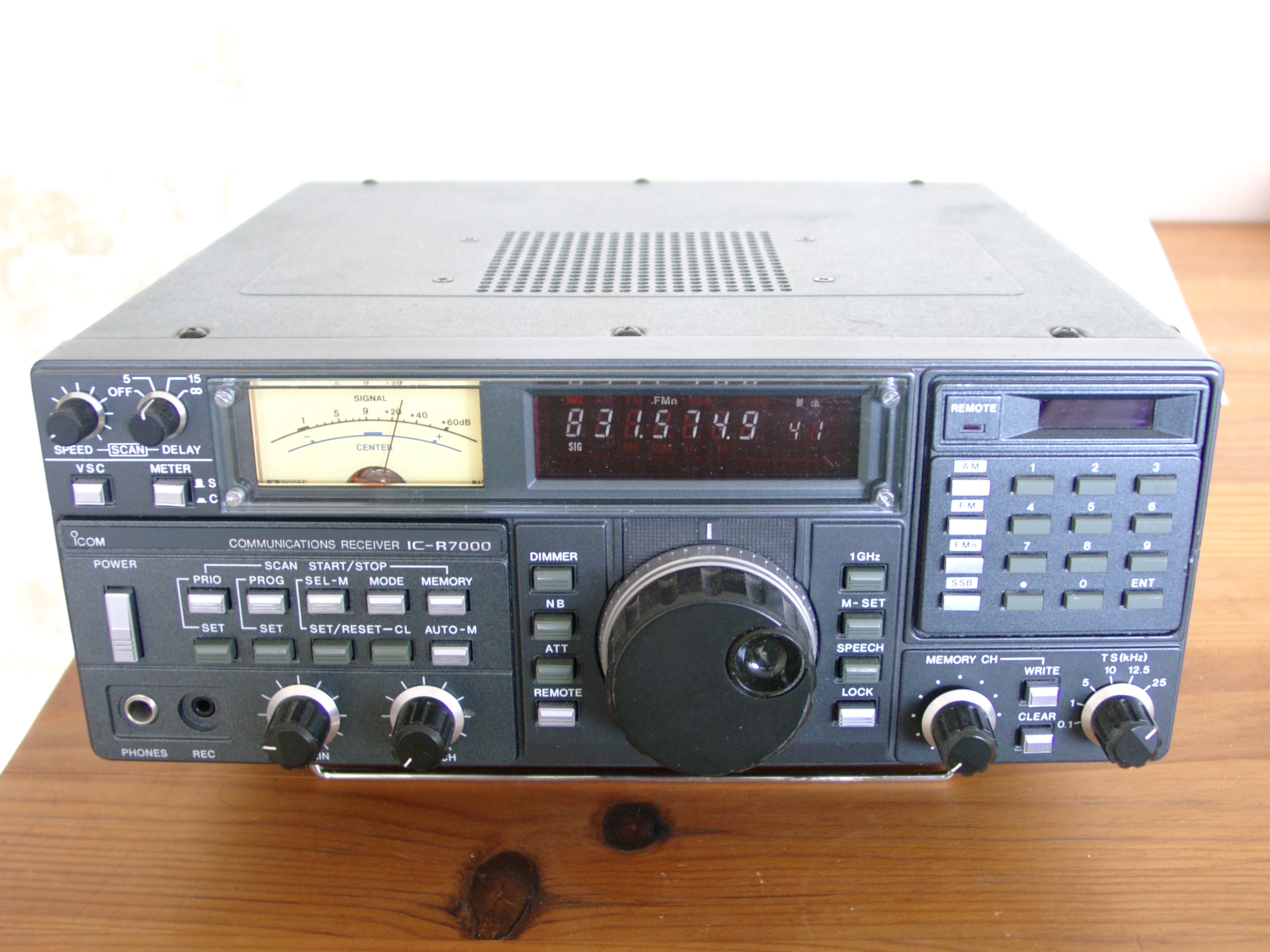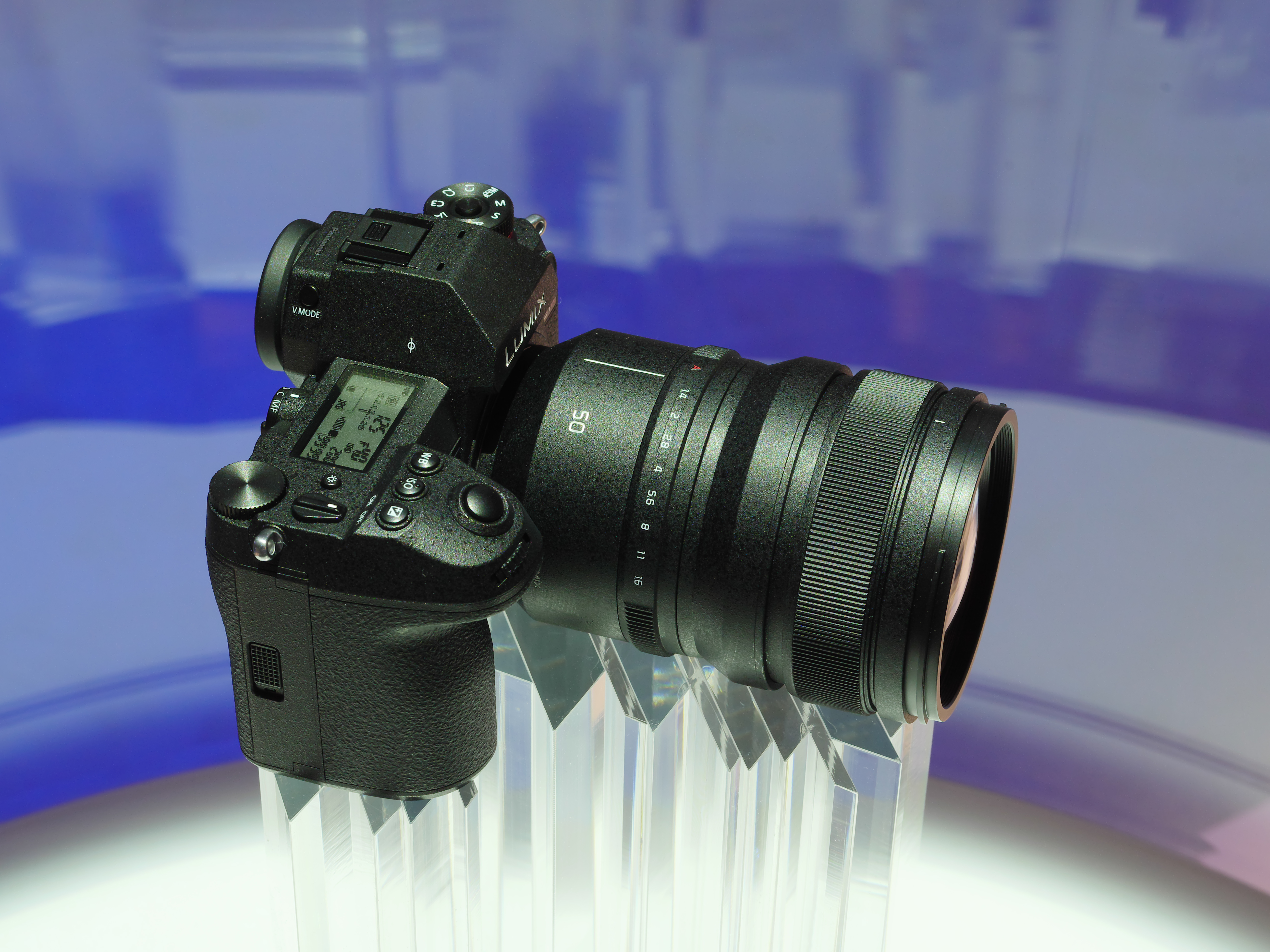|
Four Big Things
The Four Big Things (), sometimes rendered in English as Four Big Items, is a term originally applied to the four symbols of material success in China from the 1950s until the 1970s, and is now used to refer to any visible marker of newfound affluence. The original list was: # A sewing machine, generally a Flying Man pedal-driven one; # A bicycle, general Flying Pigeon; # A wristwatch, generally from Shanghai Watch Company; # A radio receiver, usually Red Star or Red Lantern brand. In the 1980s, the Big Things included other consumer goods like refrigerator, colour television, washing machine, and tape recorder, especially items from imported brands like Panasonic is a Japanese multinational electronics manufacturer, headquartered in Kadoma, Osaka, Kadoma, Japan. It was founded in 1918 as in Fukushima-ku, Osaka, Fukushima by Kōnosuke Matsushita. The company was incorporated in 1935 and renamed and c .... More recently, the "Four Big Things" could include cameras, cell pho ... [...More Info...] [...Related Items...] OR: [Wikipedia] [Google] [Baidu] |
Sewing Machine
Diagram of a modern sewing machine Animation of a modern sewing machine as it stitches A sewing machine is a machine used to sew fabric and materials together with thread. Sewing machines were invented during the first Industrial Revolution to decrease the amount of manual sewing work performed in clothing companies. Since the invention of the first sewing machine, generally considered to have been the work of Englishman Thomas Saint in 1790, the sewing machine has greatly improved the efficiency and productivity of the clothing industry. Home sewing machines are designed for one person to sew individual items while using a single stitch type at a time. In a modern sewing machine, the process of stitching has been automated, so that the fabric easily glides in and out of the machine. Early sewing machines were powered by either constantly turning a flywheel handle or with a foot-operated treadle mechanism. Electrically-powered machines were later introduced. Industria ... [...More Info...] [...Related Items...] OR: [Wikipedia] [Google] [Baidu] |
Bicycle
A bicycle, also called a pedal cycle, bike, push-bike or cycle, is a human-powered transport, human-powered or motorized bicycle, motor-assisted, bicycle pedal, pedal-driven, single-track vehicle, with two bicycle wheel, wheels attached to a bicycle frame, frame, one behind the other. A is called a cyclist, or bicyclist. Bicycles were introduced in the 19th century in Europe. By the early 21st century there were more than 1 billion bicycles. There are many more bicycles than cars. Bicycles are the principal Mode of transport, means of transport in many regions. They also provide a popular form of recreation, and have been adapted for use as Toy, children's toys. Bicycles are used for Physical fitness, fitness, Military bicycle, military and Police bicycle, police applications, Bicycle messenger, courier services, Cycle sport, bicycle racing, and artistic cycling. The basic shape and configuration of a typical Safety bicycle, upright or "safety" bicycle, has changed lit ... [...More Info...] [...Related Items...] OR: [Wikipedia] [Google] [Baidu] |
Flying Pigeon
Flying Pigeon () is a Chinese State ownership, publicly owned bicycle company based in Tianjin. Since 1950, more than 500 million Flying Pigeon PA-02 bicycles have been made, and as of 2007, more than any other model of vehicle. History In 1936, a Japanese businessman built the Changho Works factory in Tianjin, and started to make "Anchor" bicycles. The brand name was changed to "Victory", and then renamed to "Zhongzi". After the Communists led by Chinese Communist Party chairman Mao Zedong came to power in 1949, the bicycle industry was revived. In April 1949, Communist Party secretary Liu Shaoqi paid a visit to the factory and commanded that it become the first bicycle manufacturer in New China. Their workers were tasked to build a generation of strong, durable, light, and beautiful bicycles for the New China. On July 5, 1950, the first Flying Pigeon bicycle was produced. It was the brainchild of a worker named Huo Baoji, who based his classic model on the 1932 English Ral ... [...More Info...] [...Related Items...] OR: [Wikipedia] [Google] [Baidu] |
Wristwatch
A watch is a timepiece carried or worn by a person. It is designed to maintain a consistent movement despite the motions caused by the person's activities. A wristwatch is worn around the wrist, attached by a watch strap or another type of bracelet, including metal bands or leather straps. A pocket watch is carried in a pocket, often attached to a chain. A stopwatch is a type of watch that measures intervals of time. During most of their history, beginning in the 16th century, watches were mechanical devices, driven by clockwork, powered by winding a mainspring, and keeping time with an oscillating balance wheel. These are known as '' mechanical watches''. In the 1960s the electronic ''quartz watch'' was invented, powered by a battery and keeping time with a vibrating quartz crystal. By the 1980s it had taken over most of the watch market, in what became known as the quartz revolution (or the quartz crisis in Switzerland, whose renowned watch industry it decimate ... [...More Info...] [...Related Items...] OR: [Wikipedia] [Google] [Baidu] |
Radio Receiver
In radio communications, a radio receiver, also known as a receiver, a wireless, or simply a radio, is an electronic device that receives radio waves and converts the information carried by them to a usable form. It is used with an antenna. The antenna intercepts radio waves (electromagnetic waves of radio frequency) and converts them to tiny alternating currents which are applied to the receiver, and the receiver extracts the desired information. The receiver uses electronic filters to separate the desired radio frequency signal from all the other signals picked up by the antenna, an electronic amplifier to increase the power of the signal for further processing, and finally recovers the desired information through demodulation. Radio receivers are essential components of all systems based on radio technology. The information produced by the receiver may be in the form of sound, video (television), or digital data. A radio receiver may be a separate piece of electronic equ ... [...More Info...] [...Related Items...] OR: [Wikipedia] [Google] [Baidu] |
Bloomsbury Academic
Bloomsbury Publishing plc is a British worldwide publishing house of fiction and non-fiction. Bloomsbury's head office is located on Bedford Square in Bloomsbury, an area of the London Borough of Camden. It has a US publishing office located in New York City, an India publishing office in New Delhi, an Australian sales office in Sydney CBD, and other publishing offices in the UK, including in Oxford. It is listed on the London Stock Exchange and is a constituent of the FTSE 250 Index. History The company was founded in 1986 by Nigel Newton, who had previously been employed by other publishing companies. It was floated as a public registered company in 1994, raising £5.5 million, which was used to fund expansion of the company into paperback and children's books. A rights issue of shares in 1998 further raised £6.1 million, which was used to expand the company, in particular to found a U.S. branch. In 1998, Bloomsbury USA was established. Bloomsbury USA Books for Young Read ... [...More Info...] [...Related Items...] OR: [Wikipedia] [Google] [Baidu] |
Panasonic
is a Japanese multinational electronics manufacturer, headquartered in Kadoma, Osaka, Kadoma, Japan. It was founded in 1918 as in Fukushima-ku, Osaka, Fukushima by Kōnosuke Matsushita. The company was incorporated in 1935 and renamed and changed its name to in 2008. In 2022, it reorganized as a holding company and adopted its current name. In addition to consumer electronics, for which it was the world’s largest manufacturer in the late 20th century, Panasonic produces a wide range of products and services, including Rechargeable battery, rechargeable batteries, automotive and avionic systems, industrial equipment, as well as home renovation and construction. The company is listed on the Tokyo Stock Exchange and is a constituent of the Nikkei 225 and TOPIX, TOPIX 100 indices, with a secondary listing on the Nagoya Stock Exchange. Corporate name From 1925 to October 1, 2008, the company's corporate name was "Matsushita Electric Industrial Co." (MEI). On January 10, 2008, ... [...More Info...] [...Related Items...] OR: [Wikipedia] [Google] [Baidu] |
4 (number)
4 (four) is a number, numeral and digit. It is the natural number following 3 and preceding 5. It is a square number, the smallest semiprime and composite number, and is considered unlucky in many East Asian cultures. Evolution of the Hindu-Arabic digit Brahmic numerals represented 1, 2, and 3 with as many lines. 4 was simplified by joining its four lines into a cross that looks like the modern plus sign. The Shunga would add a horizontal line on top of the digit, and the Kshatrapa and Pallava evolved the digit to a point where the speed of writing was a secondary concern. The Arabs' 4 still had the early concept of the cross, but for the sake of efficiency, was made in one stroke by connecting the "western" end to the "northern" end; the "eastern" end was finished off with a curve. The Europeans dropped the finishing curve and gradually made the digit less cursive, ending up with a digit very close to the original Brahmin cross. While the shape of the character ... [...More Info...] [...Related Items...] OR: [Wikipedia] [Google] [Baidu] |
Consumer Symbols
A consumer is a person or a group who intends to order, or use purchased goods, products, or services primarily for personal, social, family, household and similar needs, who is not directly related to entrepreneurial or business activities. The term most commonly refers to a person who purchases goods and services for personal use. Rights "Consumers, by definition, include us all", said President John F. Kennedy, offering his definition to the United States Congress on March 15, 1962. This speech became the basis for the creation of World Consumer Rights Day, now celebrated on March 15. In his speech, John Fitzgerald Kennedy outlined the integral responsibility to consumers from their respective governments to help exercise consumers' rights, including: *The right to safety: To be protected against the marketing of goods that are hazardous to health or life. *The right to be informed: To be protected against fraudulent, deceitful, or grossly misleading information, advertising ... [...More Info...] [...Related Items...] OR: [Wikipedia] [Google] [Baidu] |
Economic History Of The People's Republic Of China
An economy is an area of the Production (economics), production, Distribution (economics), distribution and trade, as well as Consumption (economics), consumption of Goods (economics), goods and Service (economics), services. In general, it is defined as a social domain that emphasize the practices, discourses, and material expressions associated with the production, use, and management of resources. A given economy is a set of processes that involves its culture, values, education, technological evolution, history, social organization, political structure, legal systems, and natural resources as main factors. These factors give context, content, and set the conditions and parameters in which an economy functions. In other words, the economic domain is a social domain of interrelated human practices and transactions that does not stand alone. Economic agents can be individuals, businesses, organizations, or governments. Economic transactions occur when two groups or parties agr ... [...More Info...] [...Related Items...] OR: [Wikipedia] [Google] [Baidu] |






